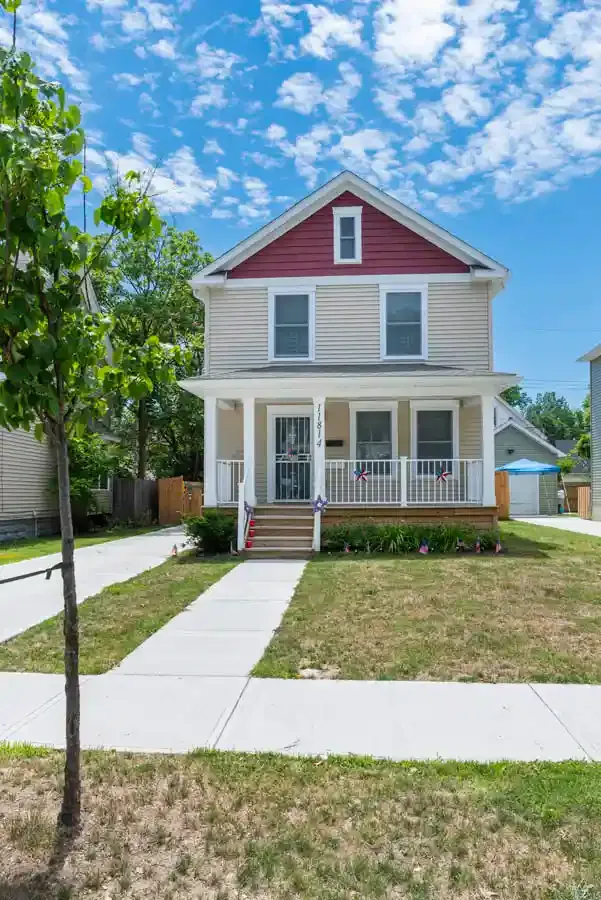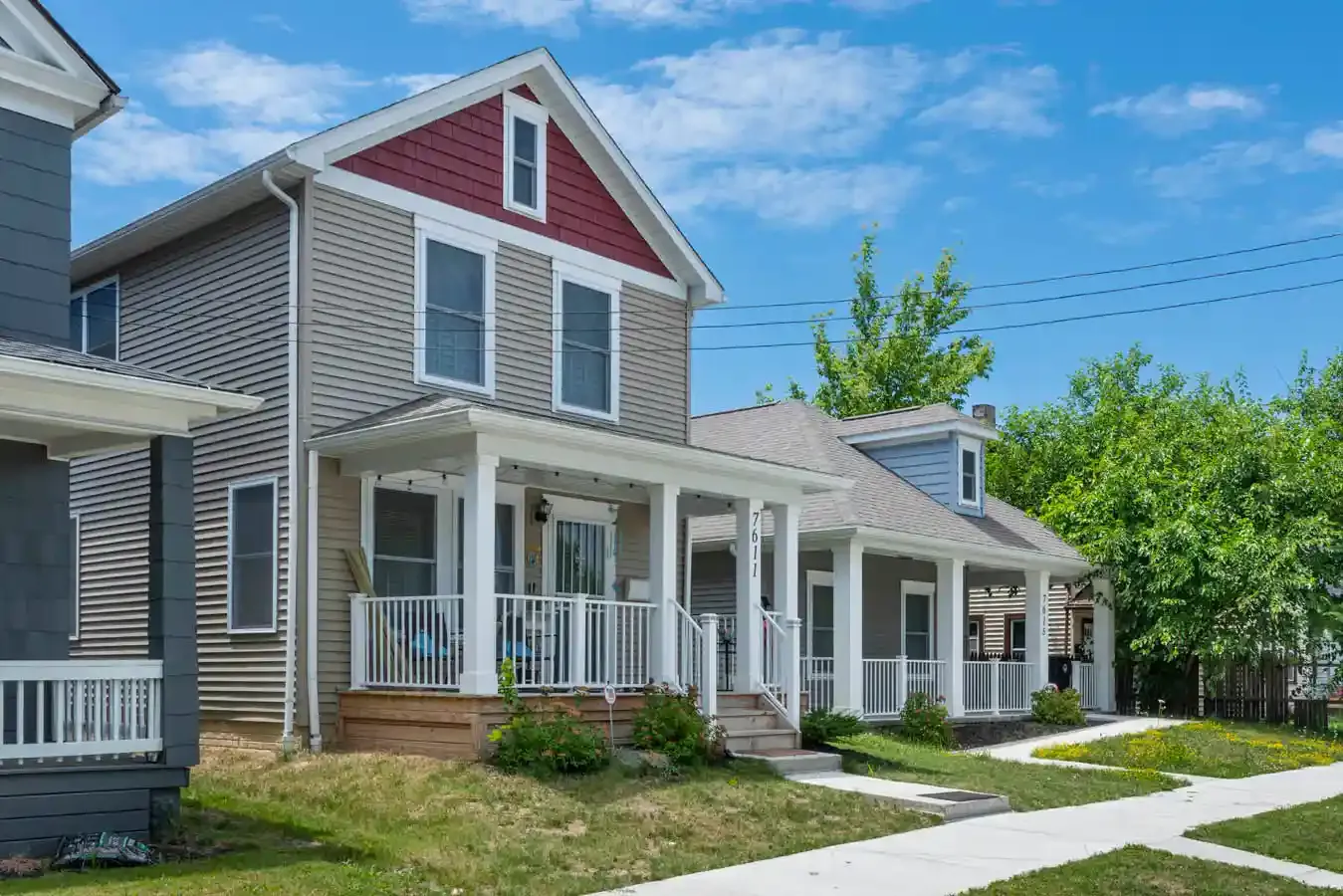Our History
About Us
CHN was founded in 1981 by a group of six Community Development Corporations to address housing abandonment and a lack of affordable housing in Cleveland.
Through two key mechanisms, salvaging vacant homes and creating pathways to homeownership for Low-to-Moderate (LMI) residents, CHN’s mission involved leveraging stable, affordable housing to disrupt the systems and symptoms of poverty, including homelessness and housing instability.

In 1987, CHN used the newly established Low Income Housing Tax Credit (LIHTC) program to create its flagship LIHTC-based Lease Purchase Program, a 15-year pathway to homeownership.
To date, 85% of families have taken title and 98% of families have remained in their homes post-purchase.
With the success of the Lease Purchase Program, CHN expanded its scope to other less visible but equally critical community needs – such as housing affordability, energy needs, and homeownership gaps.

By 2008, CHN was well positioned to respond to the foreclosure crisis and shifted its development approach towards identifying salvageable vacant homes in neighborhoods
Capitalizing a loan pool to begin internal lending for lease purchase families; increasing the capacity of housing counseling services; and expanding its role in developing Permanent Supportive Housing buildings and other multi-family housing.
To fill the gap in access to capital for community members, CHN began lending to lease purchase residents in 2010, and in 2019, founded CHN Housing Capital to put homeownership opportunities within reach of those historically locked out of the market.

In 2018, Cinnaire asked CHN to bring its Lease Purchase expertise to Detroit and a partnership was formed to help more Detroit residents become homeowners.
As CHN’s presence in Detroit expanded, the Detroit Housing Network (DHN) was established to provide equitable access to housing services by convening a network of housing agencies.
Today, CHN’s impact includes 3,200 new homeowners, the housing stability services it provides annually to more than 60,000 individuals, and the development of 7,100 new homes. For a more detailed history, visit our blog posts:
